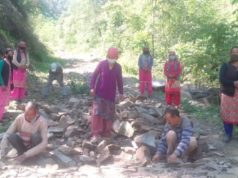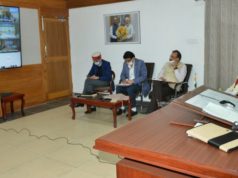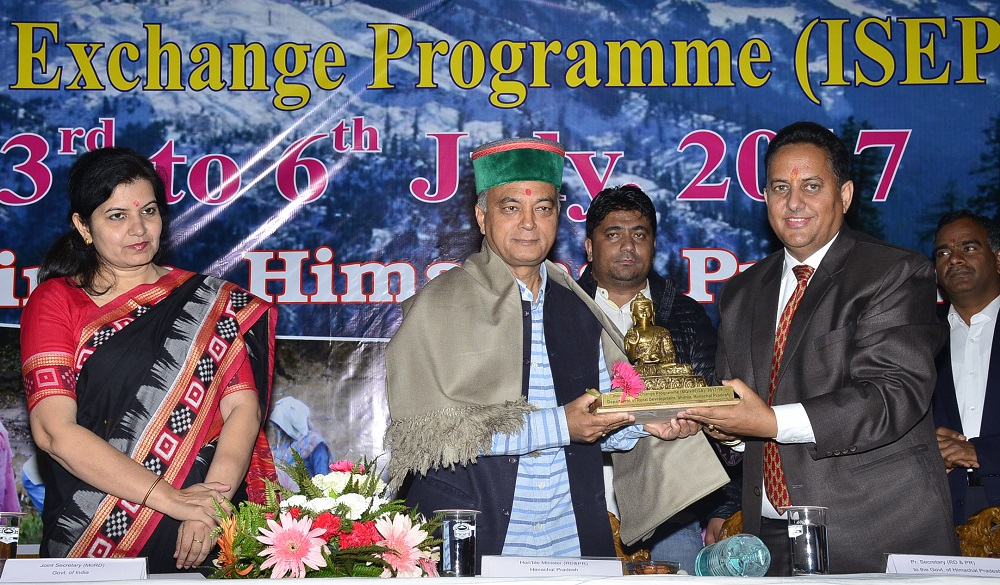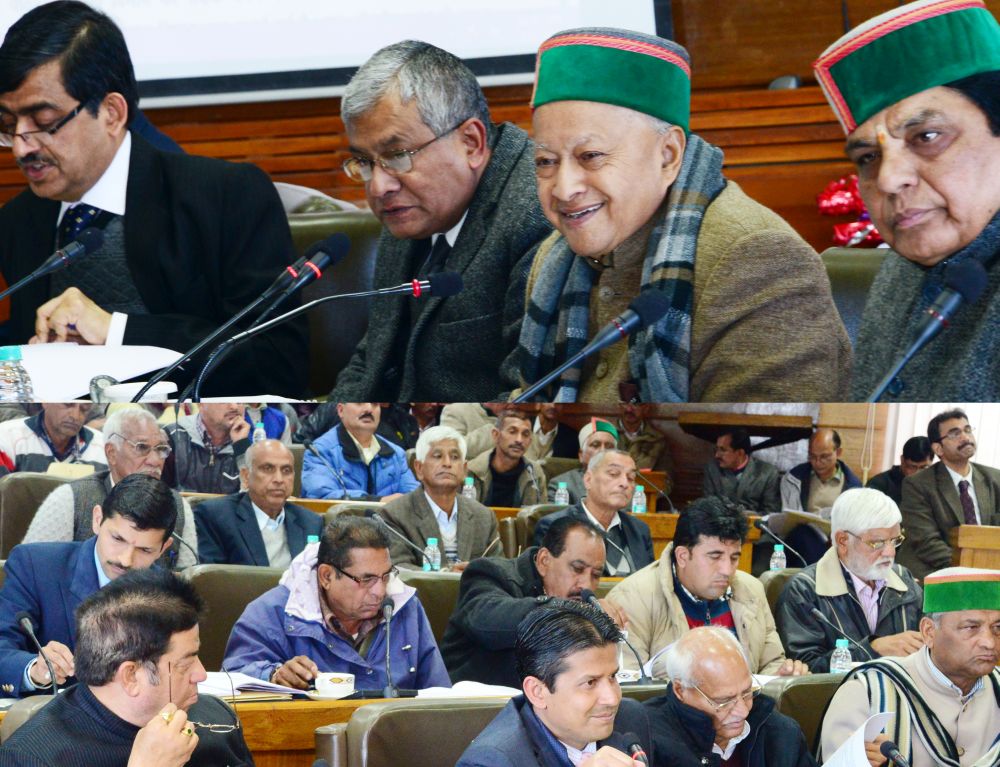In a significant move to enhance transparency in the execution of Mahatma Gandhi National Rural Employment Guarantee Act (MNREGA) projects, the state of Himachal Pradesh is set to introduce face recognition technology to monitor the attendance of workers. This initiative aims to eliminate scams and ensure that wages are rightfully disbursed to those actively participating in MNREGA works.
Currently, the attendance of MNREGA laborers in the state is recorded through an online muster roll, where workers are grouped, photographed, and their details uploaded. However, concerns have been raised regarding fraudulent practices, including the reporting of individuals not actively engaged in the work as laborers.
To address these issues, a new plan is underway to implement face-reading technology for marking attendance across the state. The attendance tracking system will be integrated into a specialized app called the Mobile Monitoring System. Under this system, workers will have their faces scanned upon arrival at the worksite, and their attendance will be recorded digitally. Only after the completion of this process will their wages be released.
The introduction of face recognition aims to curb the instances of fake attendance, preventing the manipulation of MNREGA records. Complaints regarding individuals claiming wages without contributing to the projects and workers registered in the muster roll but not participating in the works have prompted the need for a more robust attendance monitoring system.
The Mobile Monitoring System will not only ensure accurate attendance tracking but also allow for updates in case of significant changes in the appearance of workers in the future. This forward-looking approach aims to maintain the integrity of MNREGA operations and prevent potential loopholes in the system.
The move to adopt face recognition technology is a proactive step by Himachal Pradesh to address irregularities and enhance accountability in the implementation of MNREGA projects. As the state continues to work towards improving the welfare of its labour force, this technological intervention is expected to set a precedent for other regions to adopt similar measures, ensuring the effective utilization of resources and the success of rural employment initiatives.












